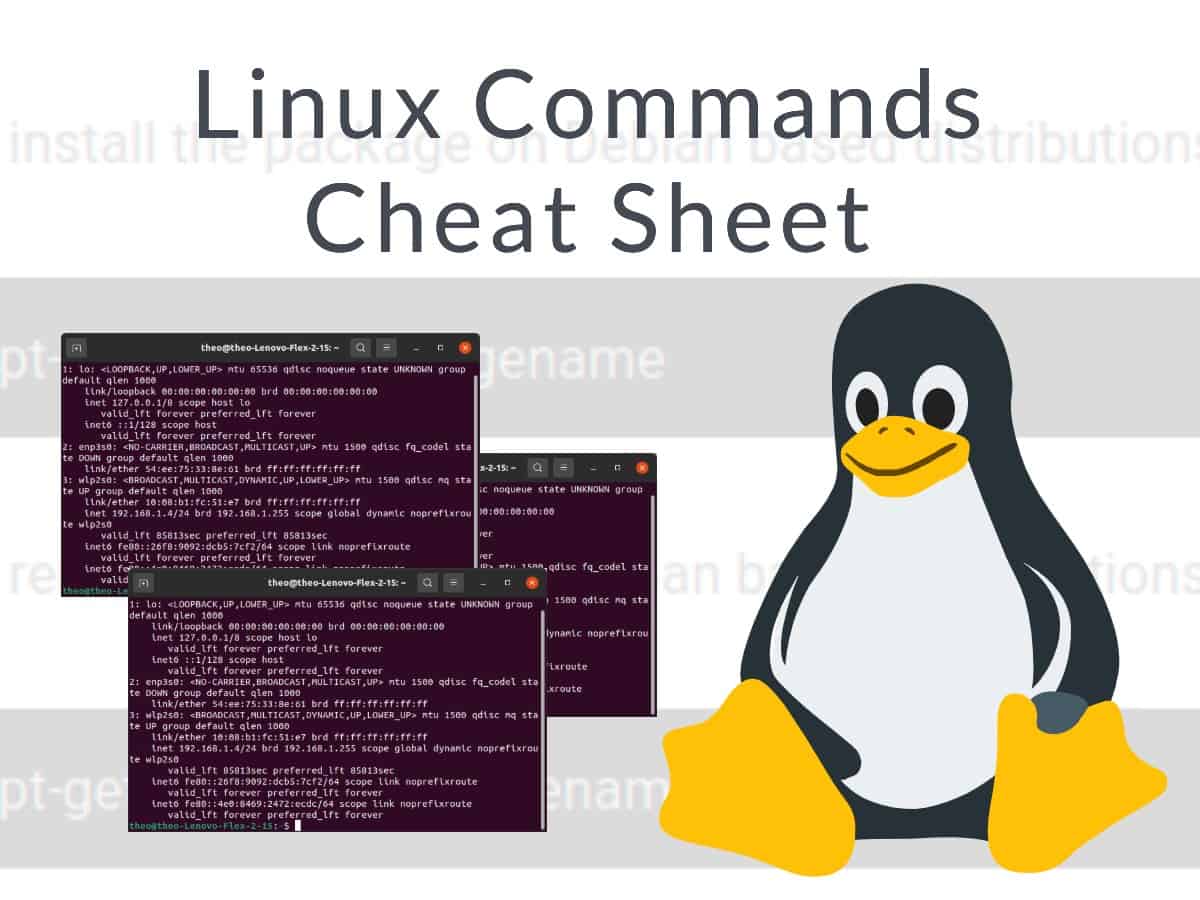
- #TERMINAL COMMANDS MAC CHEAT SHEET PRINT OUT HOW TO#
- #TERMINAL COMMANDS MAC CHEAT SHEET PRINT OUT SERIAL#
- #TERMINAL COMMANDS MAC CHEAT SHEET PRINT OUT LICENSE#
Almost everywhere, where you can write the number of items, you can also write a list of numbers. You can specify multiple items as targets to some commands.

Also, numbers are assigned separately for every item list, so ip address print will not change the numbering of the interface list. Item numbers are assigned on a per session basis, they will remain the same until you quit the console or until the next print command is executed. But the results of the last print commands are memorized and, thus, once assigned, item numbers can be used even after add, remove and move operations (since version 3, move operation does not renumber items). Item numbers are assigned by the print command and are not constant - it is possible that two successive print commands will order items differently. Generally, item names are more "stable" than the numbers, and also more informative, so you should prefer them to numbers when writing console scripts. However, there are all kinds of obscure situations possible when several users are changing the router's configuration at the same time. Thus, they would not change on their own. You do not have to use the print command before accessing items by their names, which, as opposed to numbers, are not assigned by the console internally, but are properties of the items. There you can use item names instead of item numbers. Some lists have items with specific names assigned to each of them. To change the properties of an item, you have to use the set command and specify the name or number of the item. All items in the list have an item number followed by flags and parameter values. Such arrays are displayed in similarly-looking lists. Many of the command levels operate with arrays of items: interfaces, routes, users, etc. On our account server Current installation "software ID": ABCD-456ĭec/10/2007 10:40:06 system,error,critical login failure for user root from 10.0.0.1 via telnetĭec/10/2007 10:40:07 system,error,critical login failure for user root from 10.0.0.1 via telnetĭec/10/2007 10:40:09 system,error,critical login failure for user test from 10.0.0.1 via telnet Command PromptĪt the end of the successful login sequence, the login process prints a banner that shows the command prompt, and hands over control to the user.ĭefault command prompt consists of user name, system identity, and current command path />įor example, change the current path from the root to the interface then go back to the /ip/route> /ping 10.0.0.1Ģ packets transmitted, 0 packets received, 100% packet /ip/firewall/nat>.
#TERMINAL COMMANDS MAC CHEAT SHEET PRINT OUT LICENSE#
To upgrade, register your license "software ID"

(avoid re-installation and re-configuring your router) If the number is not present then the implicit value of the parameter is used.Įxample: admin+c80w - will disable console colors and set terminal width to 80. If the parameter is not present, then the default value is used. Login OptionsĬonsole login options enable or disable various console features like color, terminal detection, and many other.Īdditional login parameters can be appended to the login name after the '+' sign.
#TERMINAL COMMANDS MAC CHEAT SHEET PRINT OUT HOW TO#
Please consult the Scripting Manual on some advanced console commands and on how to write scripts. This manual describes the general console operation principles. The console is also used for writing scripts.

#TERMINAL COMMANDS MAC CHEAT SHEET PRINT OUT SERIAL#
The console is used for accessing the MikroTik Router's configuration and management features using text terminals, either remotely using a serial port, telnet, SSH, console screen within WinBox, or directly using monitor and keyboard.


 0 kommentar(er)
0 kommentar(er)
